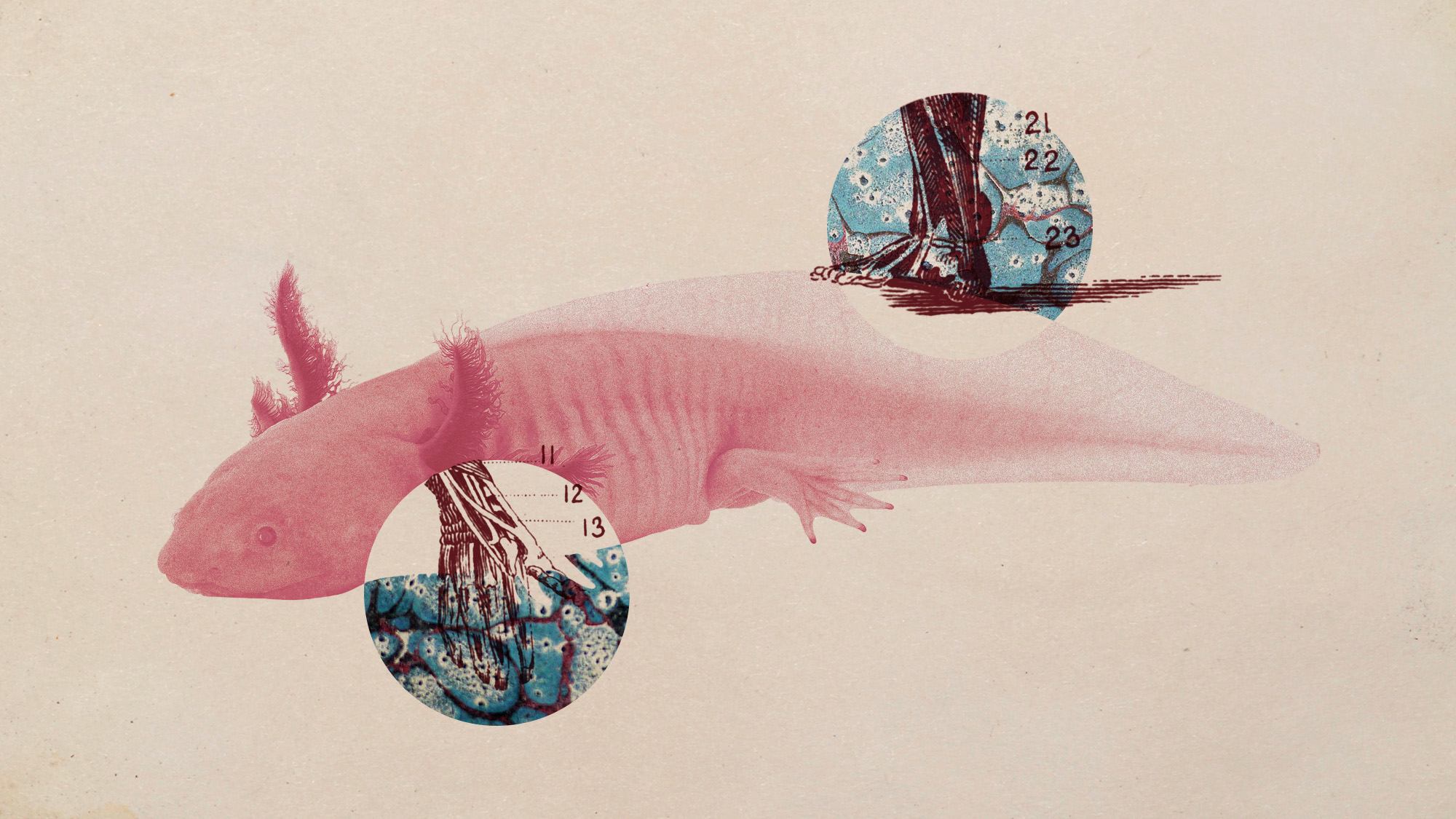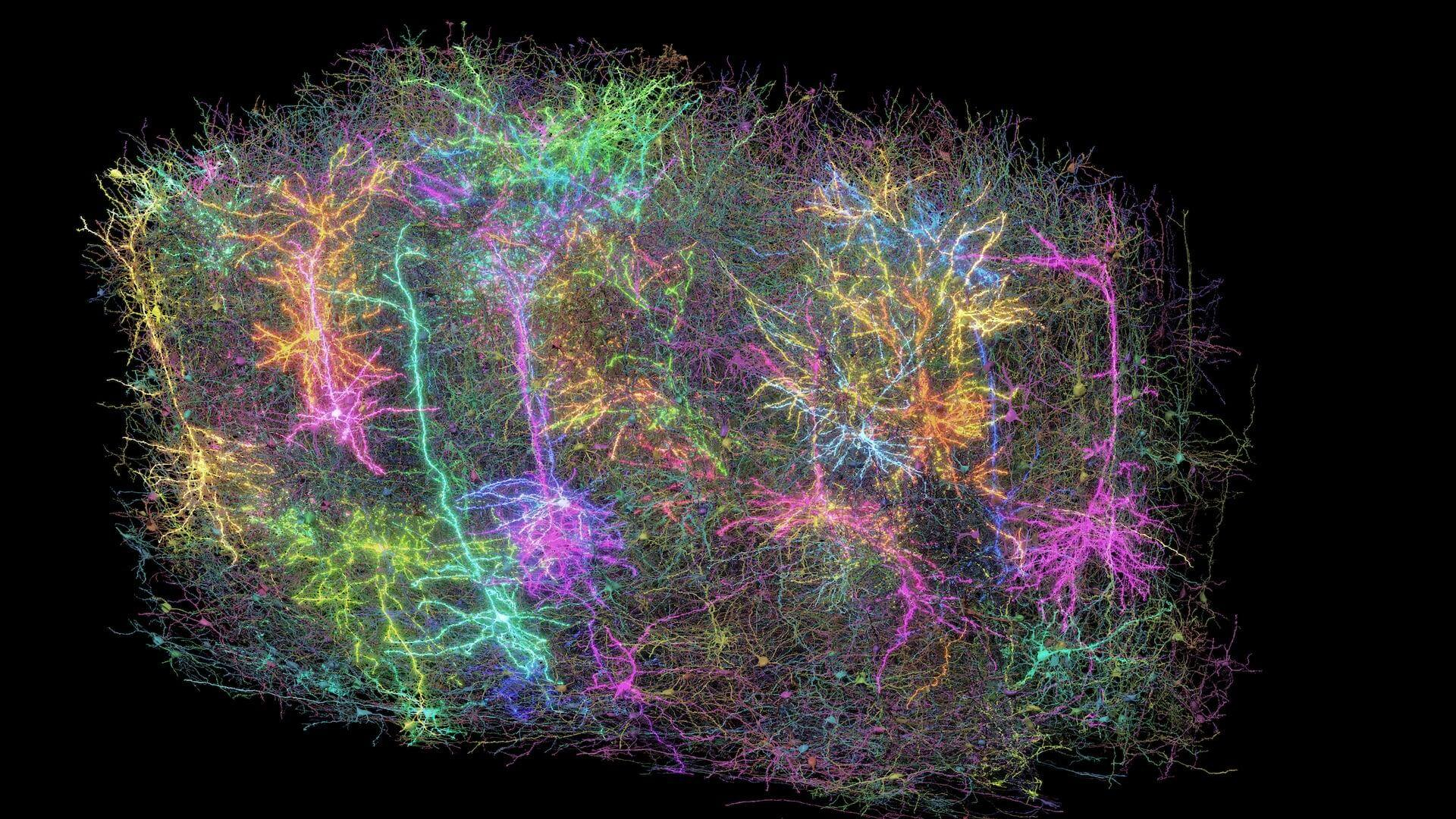Health & Science
The galaxy is full of Earth-like planets; King Tut’s strange demise; Reading a wagging tail; ‘Wasting’ disease hits starfish
The galaxy is full of Earth-like planets
Astronomers have calculated that there are 11 billion possibly inhabitable planets in our galaxy, providing compelling new grounds to believe we’re not alone in the universe. “With tens of billions of these water-laden Earth-size planets, surely some of them have all the necessary attributes of life,” University of California, Berkeley, astronomer Geoffrey Marcy tells Bloomberg.com. The discovery “puts our beautiful home planet into a cosmic perspective and gives us knowledge about our place in our galactic community.” The research team used four years of data from NASA’s now-retired Kepler space telescope to compute how many planets lie in the “Goldilocks zone” of their solar systems, where surface temperatures are neither too hot nor too cold to support liquid water. They focused on a corner of the Milky Way containing 42,000 stars, watching for the signature dimming that occurs when a planet passes before a star to calculate what percentage of stars have planets. They then extrapolated that figure to the 200 billion stars that make up the Milky Way galaxy. The results: About one in five sun-like stars harbors a roughly Earth-size planet in the habitable zone, and the nearest is perhaps only 12 light-years away—close enough for a possible exchange of communication. Even if the conditions that produce life, let alone intelligent life, are very rare, the sheer number of planets would suggest we have plenty of company. The Milky Way is just one of billions of galaxies, so if you consider the entire universe, the possibility of intelligent life seems quite high.
King Tut’s strange demise
The Week
Escape your echo chamber. Get the facts behind the news, plus analysis from multiple perspectives.

Sign up for The Week's Free Newsletters
From our morning news briefing to a weekly Good News Newsletter, get the best of The Week delivered directly to your inbox.
From our morning news briefing to a weekly Good News Newsletter, get the best of The Week delivered directly to your inbox.
King Tutankhamun died as the result of a chariot crash, and because of a botched embalming, his body spontaneously combusted in his sarcophagus. Using an electron microscope and other modern technologies, British researchers recently unraveled many of Tut’s mysteries after studying the mummified body of the young pharaoh, who died in 1323 B.C. at age 19. When he discovered the famous tomb in 1922, archaeologist Howard Carter noted that the mummified Tut’s flesh seemed burned, and researchers have confirmed that information by analyzing a small piece of the body. The tests determined that a fire occurred inside the coffin, probably sparked by a combination of oxygen, embalming oils, and linen. “The charring and possibility that a botched mummification led to the body spontaneously combusting shortly after burial was entirely unexpected,” Egyptologist Chris Naunton tells The Independent (U.K.). A “virtual autopsy” of the mummy also revealed that one side of Tut’s body sustained injuries that appeared consistent with a chariot accident. The researchers concluded the king was kneeling when the crash occurred, resulting in a smashed rib cage and pelvis and crushed internal organs.
Reading a wagging tail
A dog’s tail wagging sends two distinctly different messages, a new study has found. Italian researchers say that the direction of the wagging is an automatic response triggered by activity in the brain’s two hemispheres, offering evidence that dogs, like humans, have asymmetrically organized brains. The study builds on work by the same team that found dogs wagged their tails to their right when seeing something positive, like their owners, and to their left upon encountering threats, like an unfriendly dog. This time, 43 dogs of various breeds were outfitted with vests that monitored their heart rate and then shown videos of other dogs in which the only moving object was the tail. The dogs that watched a left-wagging tail became anxious and experienced an accelerated heart rate, while the ones that viewed a rightward wag stayed calm and even began to approach the dog onscreen. University of Trento neuroscientist Giorgio Vallortigara tells NPR.org that veterinarians, pet owners, and even mail carriers may profit from knowing when a dog is feeling friendly, and when approaching one may “evoke a more aggressive response.”
‘Wasting’ disease hits starfish
A free daily email with the biggest news stories of the day – and the best features from TheWeek.com
A strange disease is killing starfish in record numbers on the West Coast, the Los Angeles Times reports. Known as “seastar wasting syndrome,” its symptoms typically begin with white lesions on a starfish’s limbs that then spread inward, causing the animal to disintegrate in less than a week. “They essentially melt in front of you,” says marine biologist Pete Raimondi of the University of California, Santa Cruz. A previous flare-up caused significant starfish die-offs in 1983 and 1984 and again in 1997 and 1998, but the current outbreak extends farther than ever, from southeast Alaska to Orange County, Calif. “It’s pretty spooky because we don’t have any obvious culprit for the root cause even though we know it’s likely caused by a pathogen,” Raimondi says. If the outbreak continues, it could mean that the mussels the starfish eat may crowd out other species in tidal communities. “We just don’t know how bad it’s going to get,” Raimondi says.
-
 Tea with Judi Dench: ‘touching’ show is must-watch Christmas TV
Tea with Judi Dench: ‘touching’ show is must-watch Christmas TVThe Week Recommends The national treasure sits down with Kenneth Branagh at her country home for a heartwarming ‘natter’
-
 Codeword: December 24, 2025
Codeword: December 24, 2025The daily codeword puzzle from The Week
-
 Sudoku hard: December 24, 2025
Sudoku hard: December 24, 2025The daily hard sudoku puzzle from The Week
-
 5 recent breakthroughs in biology
5 recent breakthroughs in biologyIn depth From ancient bacteria, to modern cures, to future research
-
 Bacteria can turn plastic waste into a painkiller
Bacteria can turn plastic waste into a painkillerUnder the radar The process could be a solution to plastic pollution
-
 Scientists want to regrow human limbs. Salamanders could lead the way.
Scientists want to regrow human limbs. Salamanders could lead the way.Under the radar Humans may already have the genetic mechanism necessary
-
 Is the world losing scientific innovation?
Is the world losing scientific innovation?Today's big question New research seems to be less exciting
-
 Breakthrough gene-editing treatment saves baby
Breakthrough gene-editing treatment saves babyspeed read KJ Muldoon was healed from a rare genetic condition
-
 Humans heal much slower than other mammals
Humans heal much slower than other mammalsSpeed Read Slower healing may have been an evolutionary trade-off when we shed fur for sweat glands
-
 Scientists map miles of wiring in mouse brain
Scientists map miles of wiring in mouse brainSpeed Read Researchers have created the 'largest and most detailed wiring diagram of a mammalian brain to date,' said Nature
-
 Scientists genetically revive extinct 'dire wolves'
Scientists genetically revive extinct 'dire wolves'Speed Read A 'de-extinction' company has revived the species made popular by HBO's 'Game of Thrones'